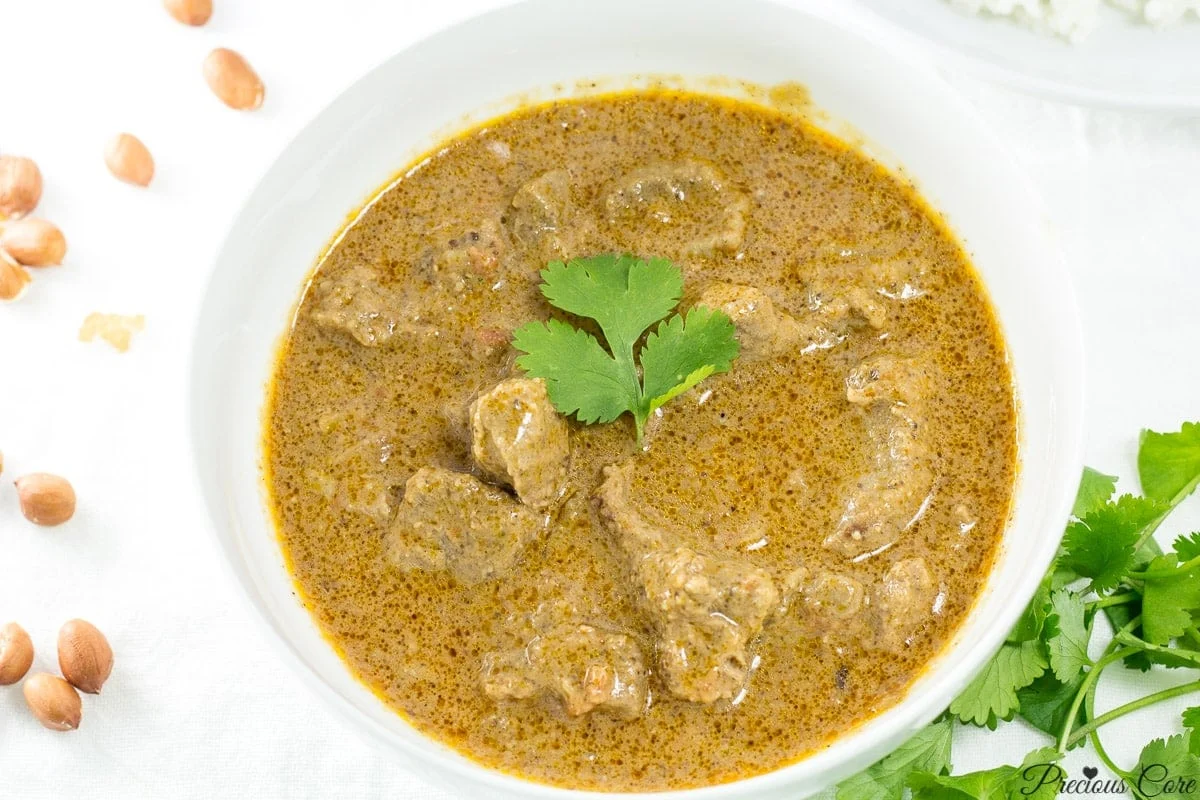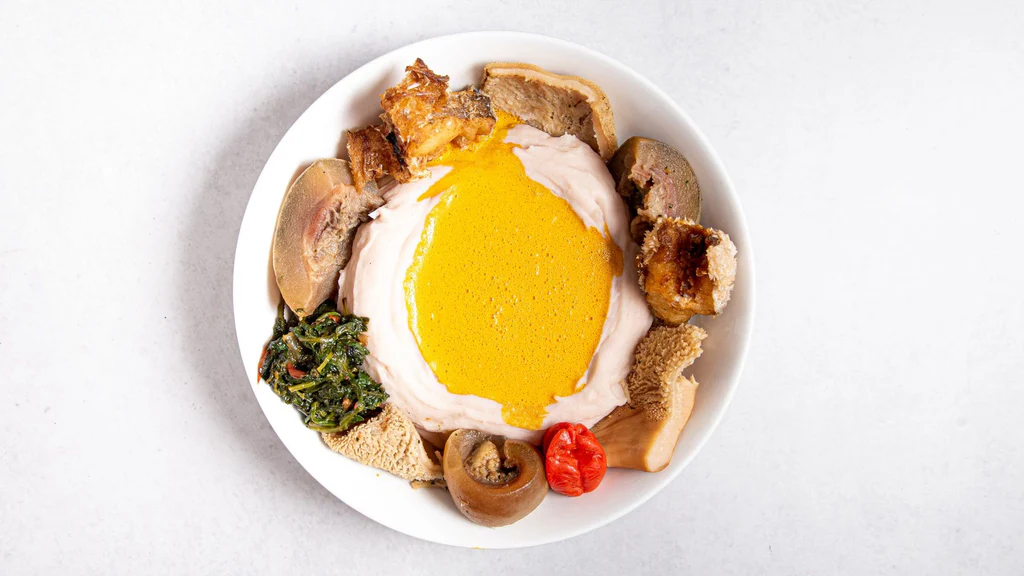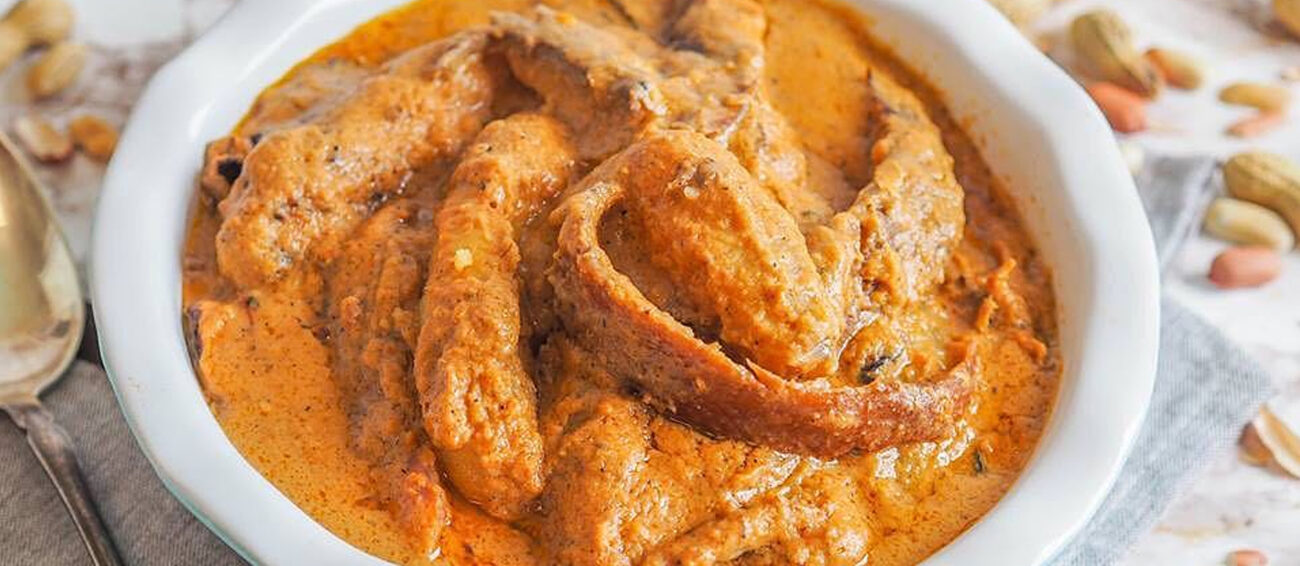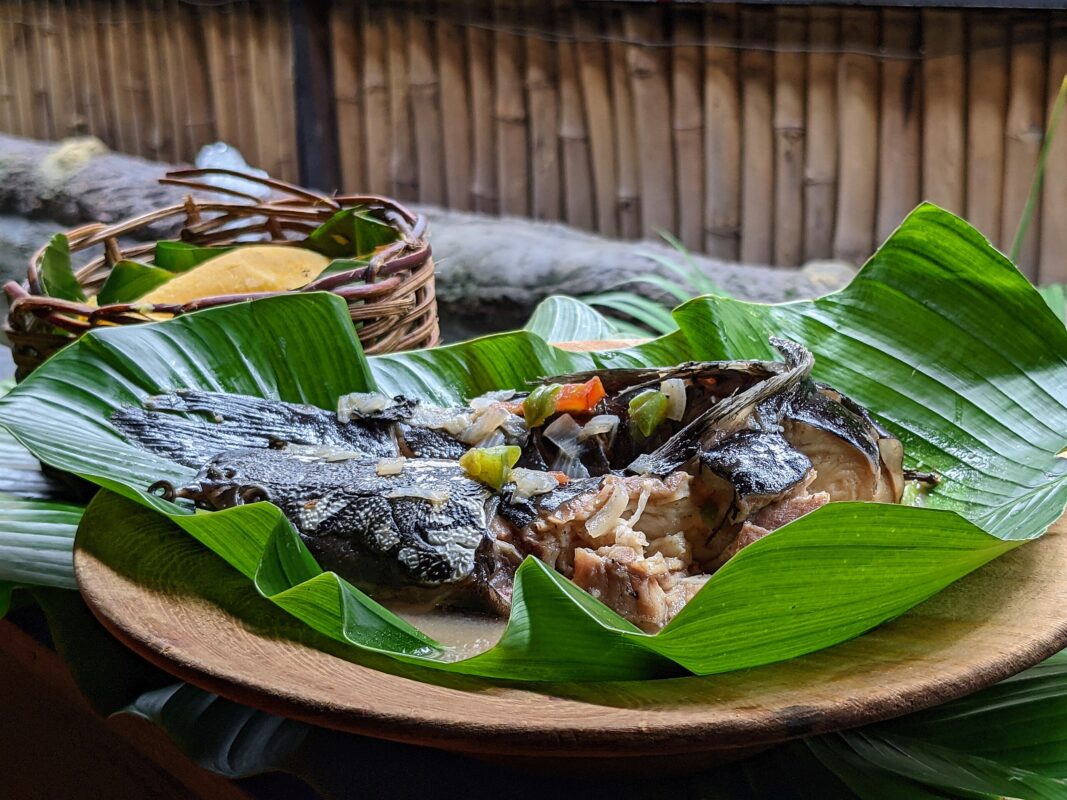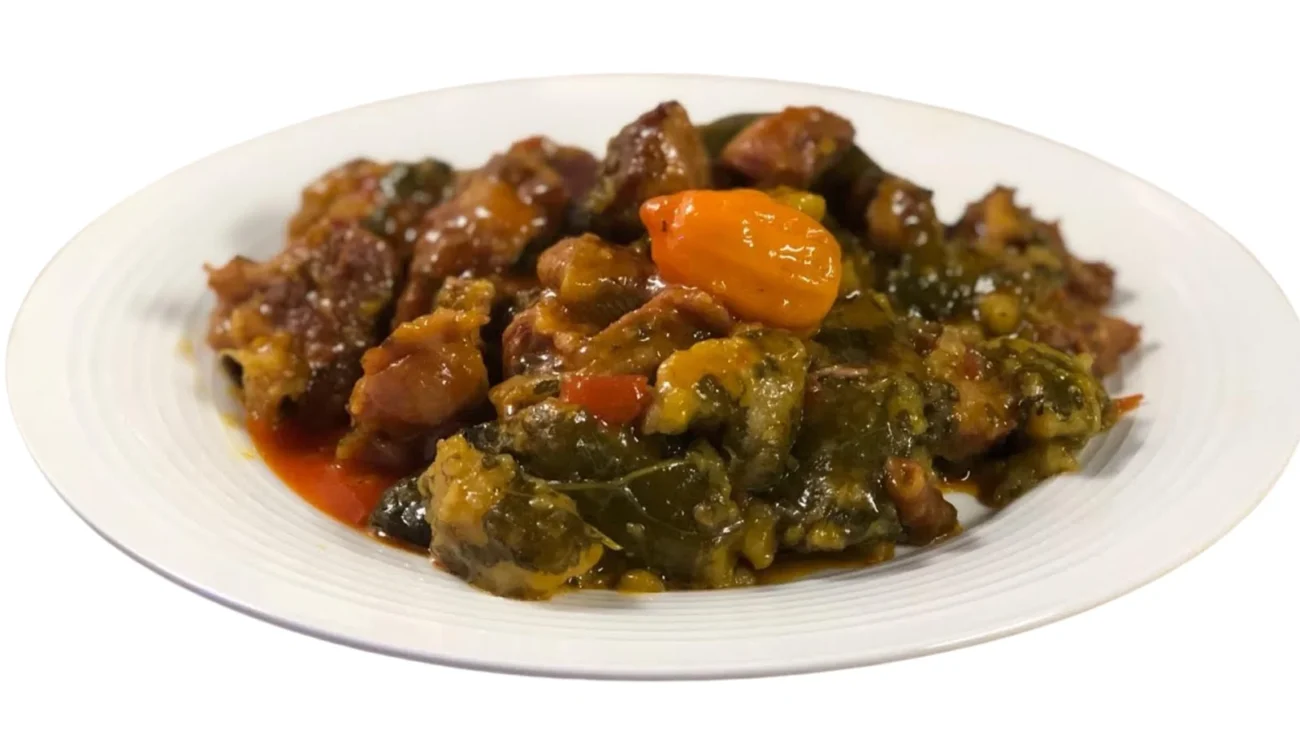Kondre: Authentic Stewed Unripe Plantain Dish Recipe from Scratch

Kondre is a traditional Cameroonian dish that celebrates the humble unripe (green) plantain. Slow-cooked to perfection, this hearty stew combines the natural starchy goodness of unripe plantains with a blend of aromatic spices, tomatoes, onions, and optional proteins for an authentic taste of West and Central Africa. Whether served as a main dish or as a side, Kondre brings warmth and rich flavor to any table.
Table of Contents
- What is Kondre?
- Cultural Significance
- Essential Ingredients
- Step-by-Step Preparation
- Cooking Tips and Variations
- Serving Suggestions
- Frequently Asked Questions (FAQs)
- Conclusion
What is Kondre?
Kondre is a savory, stewed dish that features unripe plantains as its star ingredient. The plantains are peeled, cut into chunks, and slowly stewed with tomatoes, onions, garlic, and traditional spices. This dish often has a rich, thick sauce with a satisfying blend of tangy and mildly spicy flavors. Kondre can be enjoyed on its own or paired with rice, fufu, or boiled yams.
Cultural Significance
In Cameroon, unripe plantains are a staple ingredient that represents the resourcefulness of local cooking. Kondre reflects the ingenuity of traditional recipes that transform simple, everyday ingredients into dishes full of character and taste. Often prepared during family gatherings and festive occasions, Kondre brings together communities to celebrate heritage and the bounty of local produce.
Essential Ingredients
For an authentic Kondre recipe serving 4–6 people, gather the following ingredients:
Main Ingredients
- Unripe Plantains (Green Plantains): 1–1.5 kg, peeled and cut into chunks
- Tomatoes: 3 large, chopped (or 400 g canned diced tomatoes)
- Onions: 2 medium, finely chopped
Aromatics and Seasonings
- Fresh Garlic: 4 cloves, minced
- Fresh Ginger: 1 tablespoon, grated
- Scotch Bonnet Pepper: 1 (optional, finely chopped for heat)
- Palm Oil or Vegetable Oil: 3–4 tablespoons
- Bouillon Cube: 1 (optional, for added umami)
- Salt and Black Pepper: To taste
- Optional Spices: A pinch of paprika, thyme, or nutmeg to enhance flavor
Liquids
- Water or Stock: 2–3 cups (adjust based on desired consistency)
Optional Protein (for variation)
- Protein: 500 g of chicken, goat, or fish (cut into bite-sized pieces)
Step-by-Step Preparation
Preparing the Unripe Plantains
- Peel and Cut:
Carefully peel the unripe plantains. Due to their firmer texture, use a sharp knife to remove the peel without losing too much of the flesh. Cut the plantains into even chunks or thick slices for uniform cooking.
Sautéing Aromatics
- Heat the Oil:
In a large, heavy-bottomed pot, heat the palm oil (or vegetable oil) over medium heat. - Sauté the Aromatics:
Add the chopped onions, minced garlic, and grated ginger. Sauté for about 3–5 minutes until the onions soften and become translucent. If using, add the finely chopped Scotch bonnet pepper to introduce a subtle heat.
Stewing the Plantains
- Add Tomatoes and Seasonings:
Stir in the chopped tomatoes and optional spices like paprika or thyme. Allow the mixture to cook for another 5 minutes until the tomatoes begin to break down. - Incorporate Plantains:
Add the cut unripe plantains to the pot, stirring well to coat them with the aromatic tomato mixture. - Add Liquid:
Pour in 2–3 cups of water or stock, ensuring the plantains are partially submerged. Crumble in the bouillon cube (if using) and season with salt and black pepper. - Simmer:
Bring the mixture to a gentle simmer. Cover the pot and allow the plantains to cook slowly for 30–40 minutes until they are tender and the flavors meld into a rich, thick stew. Stir occasionally to prevent sticking.
Optional Protein Addition
- Add Protein (if desired):
If you wish to incorporate protein, add the pre-cooked or lightly browned chicken, goat, or fish pieces about 15 minutes before the end of cooking. Let them simmer in the sauce to absorb the flavors.
Cooking Tips and Variations
- Even Cooking: Cut plantains into uniform sizes for consistent cooking.
- Adjusting Consistency: For a thicker stew, simmer uncovered for an extra 10 minutes. For a soupier texture, add a little more water or stock.
- Spice Level: Adjust the Scotch bonnet pepper according to your heat preference. Remove the seeds for a milder version.
- Protein Options: Kondre is versatile—try adding different proteins or keeping it completely vegetarian for a lighter dish.
Serving Suggestions
Kondre is best enjoyed hot. Consider these serving ideas:
- With Rice: Pair with steamed white rice to balance the robust flavors.
- As a Side Dish: Serve alongside traditional Cameroonian fufu, boiled yams, or plantains.
- With a Fresh Salad: A crisp vegetable salad can complement the hearty stew.
- Garnish: Top with chopped fresh herbs such as parsley or basil for added freshness and color.
Frequently Asked Questions (FAQs)
Q1: What makes Kondre unique?
A1: Kondre is distinguished by its use of unripe plantains, which provide a firmer texture and starchy flavor, combined with a rich, savory tomato-based sauce and traditional spices.
Q2: Can I make Kondre vegetarian?
A2: Yes! Simply omit the protein and increase the aromatics and seasonings. You can also add vegetables like bell peppers or eggplant for extra texture.
Q3: How do I ensure the plantains cook evenly?
A3: Cutting the plantains into uniform pieces is key to even cooking. Stir occasionally during simmering to prevent any pieces from sticking to the pot.
Q4: What sides pair best with Kondre?
A4: Kondre pairs wonderfully with steamed rice, fufu, boiled yams, or even a fresh green salad.
Conclusion
Kondre is a hearty, authentic dish that showcases the best of Cameroonian cuisine. This stewed unripe plantain dish, bursting with savory spices and rich tomato flavors, is a perfect example of how simple ingredients can come together to create something truly special. Whether you’re making it for a family dinner or a festive gathering, our step-by-step guide will help you create an authentic Kondre from scratch that will transport your taste buds straight to Cameroon.
Feel free to share your cooking experiences, tips, or variations in the comments below. Enjoy your journey into authentic Cameroonian flavors!




